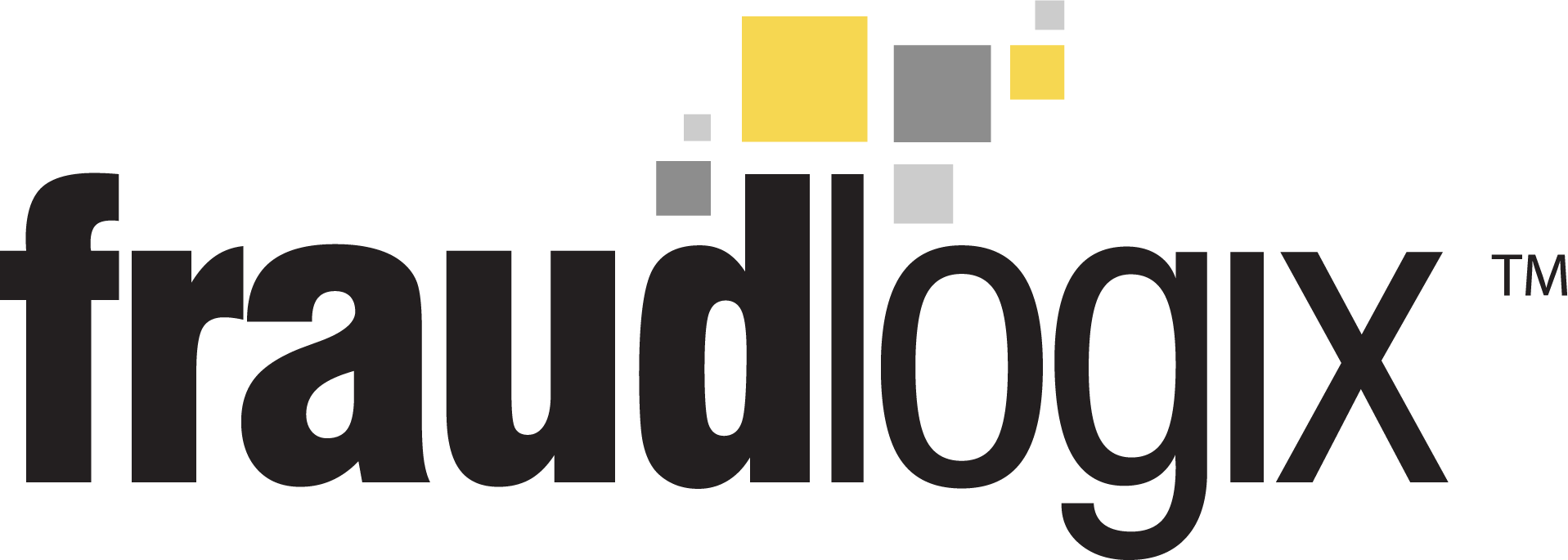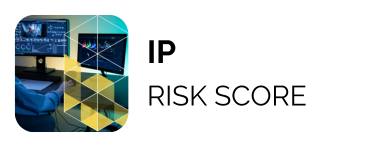|
The advertising industry has the tools to end ad fraud. Do we have the will to use them? The United States spent $271.2 billion on digital advertising in 2024, more than any other country, yet fraud still affects 16.73% of ad transactions. (Hagai Shechter/Adweek) |
|
Cybersecurity researchers are warning of a “significant spike” in brute-force traffic aimed at Fortinet SSL VPN devices. (Ravie Lakshmanan/The Hacker News) |
|
Elon Musk’s vision to automate as much of the ad process as possible using Grok has been met with a lukewarm response from advertisers. (Krystal Scanlon/Digiday) |
|
With Google RSOC units playing a larger role in search monetization, understanding the RAF Strike system is essential to protecting revenue and maintaining account privileges. As of August 25, 2025, the Restricted Access Features policy raises the stakes for RSOC compliance. (Hagai Shechter/Fraudlogix) |
|
The firms are doubling down on the value of creators as curators in the AI era. As search and social algorithms change, two major affiliate marketing platforms, LTK and ShopMy, are eyeing becoming one-stop shopping and social destinations. (Elena Cavender/Adweek) |
|
With Google RSOC units playing a larger role in search monetization, understanding the RAF Strike system is essential to protecting revenue and maintaining account privileges. As of August 25, 2025, the Restricted Access Features policy raises the stakes for RSOC compliance. (Fraudlogix) |
|
AI researcher explains how an automated penetration-testing tool became the first non-human member on HackerOne to reach the top of the platform’s US leaderboard. (Rob Wright/Dark Reading) |
|
Workers under 25 are at their lowest level since 2020, according to U.S. labor data. While plenty of factors are at play, the rise of AI is impossible to ignore. (Paul Hiebert/Adweek) |



